What is the effective way to handle Big Data?
Category: Hadoop Posted:Apr 17, 2017 By: Serena Josh
Big Data management is the systematic organization, administration as well as governance of massive amounts of data. The process includes management of both unstructured and structured data. The primary objective is to ensure the data is of high quality and accessible for business intelligence along with big data analytics applications. To contend with the rapidly growing data pools, government agencies, corporations and other large organizations have begun implementing Big Data management solutions. The data involves several terabytes or even petabytes of data that has been saved in a broad range of file formats.
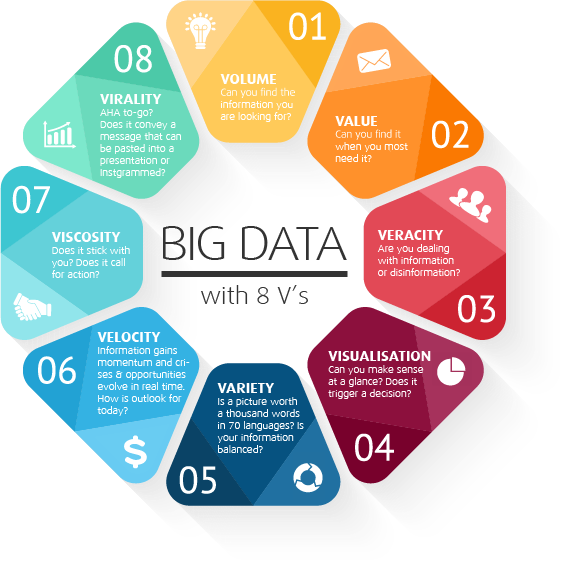
Effective Big Data management enables an organization to find valuable information with ease irrespective of how large or unstructured the data is. The data is gathered from different sources such as call records, system logs and social media sites.
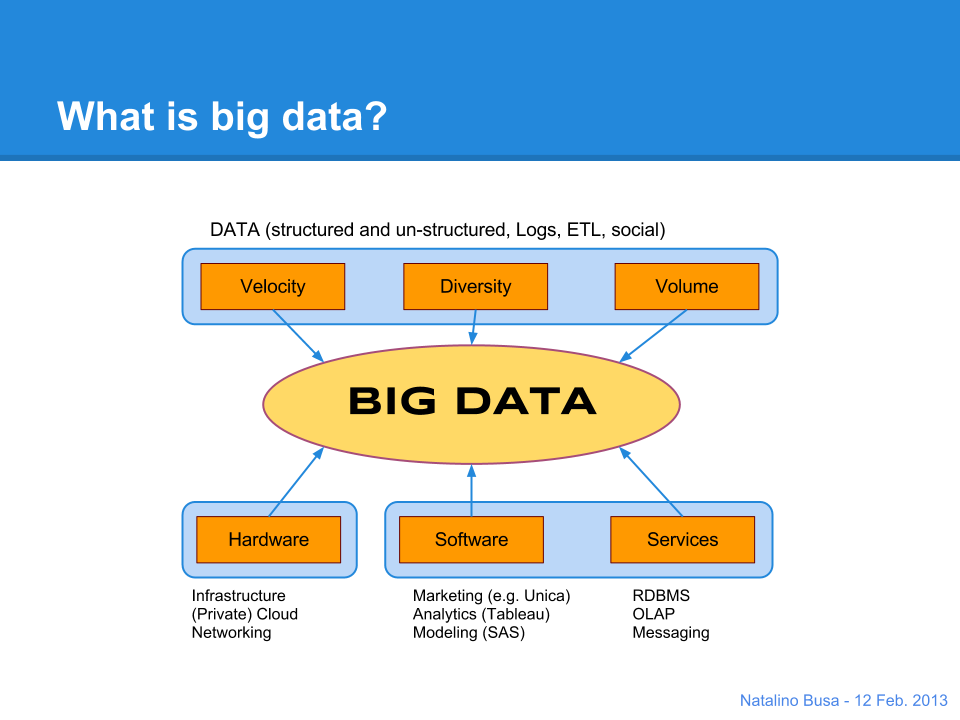
Professionals and organizations that are kicking off with Big Data can find it challenging to get everything right. This is especially true since most data environments go far beyond conventional relational database and data warehouse platforms. For successful implementation of Big Data, technologies that are apt for storage and processing of non-transactional types of data are needed. The functioning of new platforms is progressively being shaped by Big Data.

Learn HADOOP from Industry Expert
It is up to the organization as a whole to decide which data stays and which goes. This will greatly enhance business processes. Appropriate data management will offer a significant competitive edge without fail for any enterprise.
Pinpointing data that flows into an organization on a daily basis is a lot more challenging than finding the proverbial needle in the haystack. The dimensions or quanta of data produced these days are both exciting and overwhelming. While all insights have great potential value, accessing the right insight at the right time within an ever-expanding volume of data will frequently prove challenging.

The easiest way to visualize useful data is to picture a signal amidst a sea of noise. One would need just one or two metrics to positively enhance business processes, but more often than not they will get lost in the irrelevant informational noise surrounding them. Effective data management is a time-intensive activity that encounters frequent periodic disruptions or even underwhelming outcomes.
Here are some ways to effectively handle Big Data:
1. Outline Your Goals
The first tick on the checklist when it comes to handling Big Data is knowing what data to gather and the data that need not be collected. To do this one has to determine clearly defined goals. Failure to accomplish this will lead one to gather large amounts of data which isn’t aligned with a business’ continuous requirements.
The project team must meet and discuss business goals at length at regular intervals. In these meetings the team must arrive on a consensus on what is most important to the existing business.
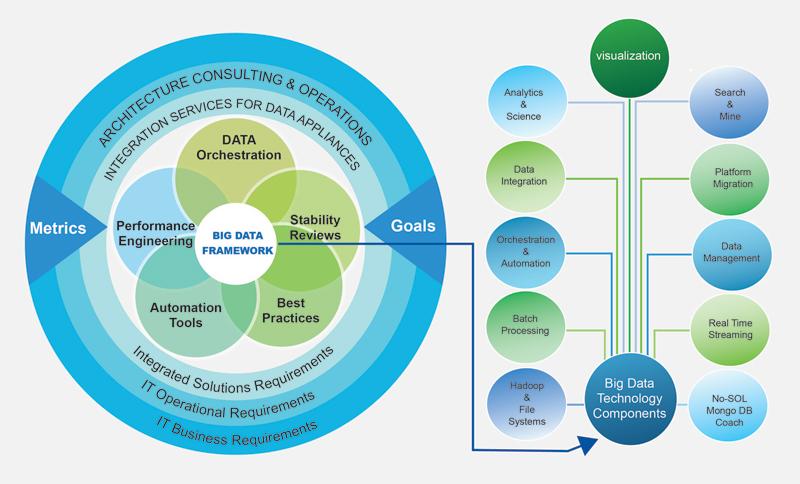
Many enterprises eventually collect unnecessary data as they would not have clearly defined goals, well mapped strategies for achieving the said goals. It is of paramount importance that organizations should collect data with a laser focus to benefit business objectives.
Know more about HADOOP with FAQs
2. Secure the Data
The next step in managing Big Data is to ensure the relevant data collected is secured with a broad range of measures. To ensure the data secured is both accessible and secure, it must be protected by firewall security measures, spam filtering, malware scanning and elimination, along with most importantly team permission control.
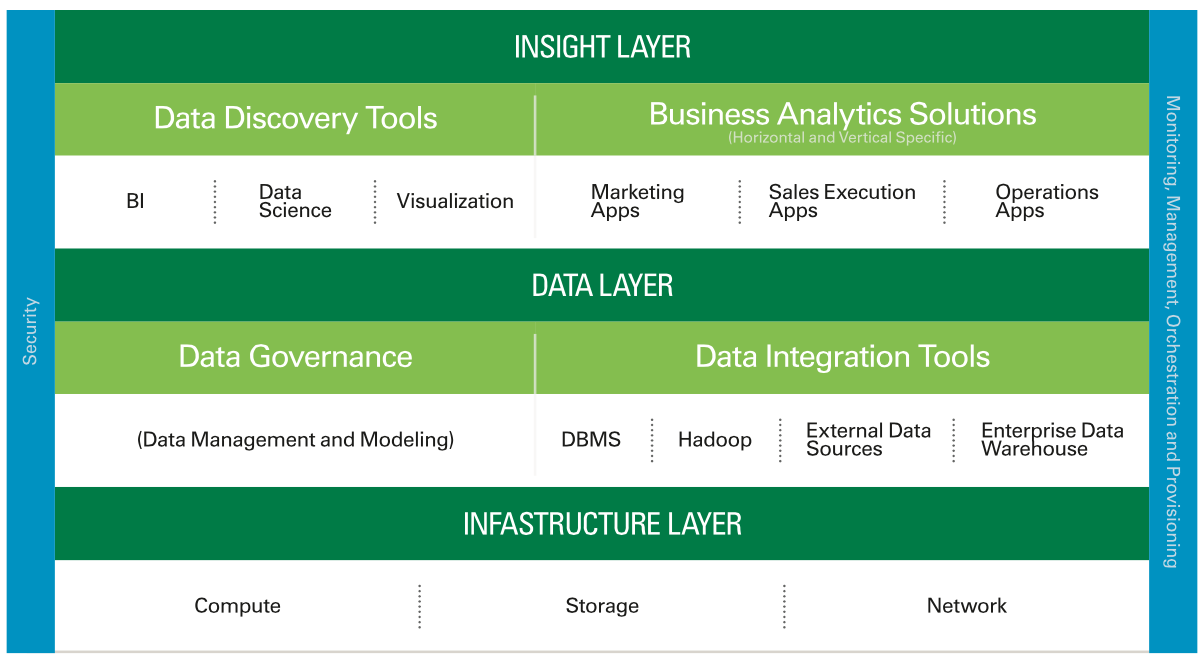
While most organizations gather data from customers via interactions with their websites and products, not many businesses spend time to employ measures to guarantee the security of the data collected. In the situation that collected data is damaged, it might damage the relationship with the customer through loss of trust, business bankrupt, or have it collapse due to lack of essential customer data.
Since data has the immense power to drive your business to new heights of success, or crash into oblivion. Therefore it is wise not to take data management lightly since securing organizational data is the highest priority in Big Data Management.
3. Keep the Data Protected
A database is susceptible to threats from not just human influences and synthetic anomalies, but also is prone to damage from the elements of nature such as heat, humidity, and extreme cold. All of which can easily corrupt data. Whenever data is damaged, system failures are bound to follow leading to expensive downtimes and related overheads.
Organizations have to safeguard databases against adverse environmental situations which would damage data and put forth considerable efforts to protect their data. It is essential to create and maintain/update a backup of the database elsewhere, in addition to implementation of safety features. The updates should be at planned at frequent intervals.
4. Do Not Ignore Audit Regulations
Offsite Database Managers should maintain the right database components especially when an audit is in hand. Irrespective of the data nature being payment data, credit scores or data of lesser importance, the data should be managed accordingly. One should steer clear of liability and progressively earn the client’s trust.
5. Data Has to Be Interlinked
Since organizational databases are bound to be accessed by a number of channels, it is not recommended to use different software for the required solutions. In essence, all organizational data must be able to talk to each other. If there are communication hassles between applications and data and the converse of this as well can lead huge problems.
Cloud Storage solution is the perfect answer to data interlinking issue. Also useful in this circumstance would be a remote database administrator among other tools. The objective is to generate seamless data synchronization. This will be needed all the more when more than just team will be accessing and working on the same data simultaneously.
Know Everything about Big Data Hadoop before you Join the Training
6. Know the Data You Need to Capture
The key to successful Big Data management is knowing which data will suit a particular solution. This will mean one will be aware which data is needed to be collected for different situations.
Organizations are required to know which data has to be collected and also when. To do this correctly, objectives will have to be clearly known and a plan must be formulated on how to accomplish them.
7. Adapt to the New Changes
One of the most important aspects of Big Data Management is keeping up with the latest trends in the same. Software and data in all its forms change constantly and almost on a daily basis, globally. Keeping up with the newest technologies and strategies for adoption will enable organizations to stay ahead of the curve and build highly optimized and efficient databases. Being flexible and open to new trends and technologies will go a long way in giving you an edge over the competition.
Professionals will often question “What’s the difference between regular data and Big Data”? All online businesses will have come across this question quite early in the business inception.
“Big Data” points to the massive quanta of data that enterprises usually gather from their own business processes and from their clients via different means. When implemented intelligently, Big Data can bring up really useful patterns and trends and that can lead to huge enhancements in an enterprise’s different business strategies, comprising of, but not limited to, it’s marketing strategy.
Both business leaders and data-driven marketers utilize big data to greatly improve their businesses. In an effort to learn the most efficient way in which Big Data can be used to enhance an enterprise, here are some tips from a marketing expert on the techniques to utilize Big Data in the most efficient way possible.
Tip #1 – What’s the single most effective way marketers can leverage Big Data in their marketing strategy?
Clutch is a leading consumer management provider which delivers innovative marketing and loyalty solutions to companies across the world. Mark Harrington, VP for marketing says that the most effective way marketers can leverage Big Data in their marketing strategy is through centralization and synthesis of fragmented customer data sources across their point-of-sale systems, e-commerce platforms, mobile applications and also social accounts with advanced consumer management technology.
Consolidating every customer data silo into a unified, single synthesized data set, and integrating each of these customer data silos into a single, synthesized data set, delivers an unprecedented, comprehensive view of their customers based on their interactions purchases, and user preferences.
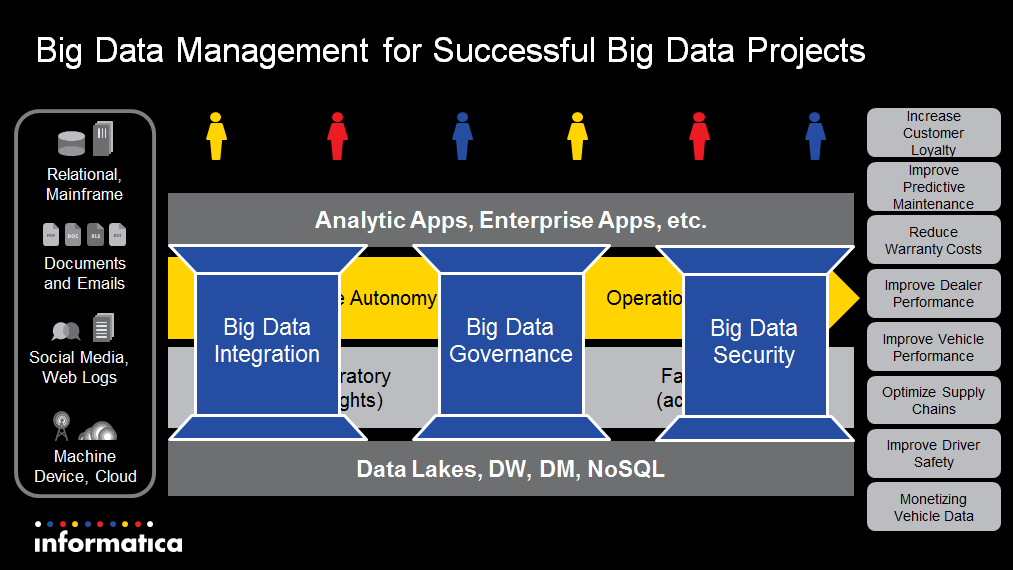
This will offer powerful intelligence to drive advanced segmentation, complex personas and strategic, targeted campaigns to promote customer engagement and motivation. It also permits brands to recognize and comprehend their most valuable customers across a range of levels beyond just purchase value, permitting them to foster their brand affinity and grow their evangelism organically.
The key to accomplish this is taking on a consumer management platform that can integrate with existing cross-channel consumer systems to streamline the data from organizational customers’ digital footprints.

This accelerates data deployment and insights in real-time to strategically respond to customer behaviours and activities. This is conceptually simple and execute the same will be challenging. Currently many leading brands have already amassed a significant competitive advantage by taking on consumer management technology that permits them to comprehend and engage-based on individual consumer preferences.
Register for HADOOP Free Live Webinar
Tip #2 – Enhancing Data Management for Manufacturing Industries using Big Data in 4 Steps
Considering the current day scenario, manufacturers can no longer afford to ignore the massive potential inherent in Big Data. The industrial Internet of Things (IoT)-based systems are forecasted to generate $4 trillion to $11 trillion in brand new economic value for manufacturers by 2025, as stated by McKinsey Global Institute. This kind of growth has not been seen ever since the Industrial Revolution itself!
The research group, MPI has said that 76% of the manufacturers surveyed had clarified intentions of scaling up the use of smart devices in the coming months while 66% had scheduled to boost their investment in the Industrial IoT-enabled products over similar time periods. This being said, it is clear that manufacturers are doing their best to optimize the use of Big Data to separate critical information from other informational noise.
Execution of data management, manufacturers of every size and across every industry can synthesize more in-depth and on-time insights as Big Data is supposed to reveal.
Given below are four steps that will jump-start this evolution:
1. Identify human limits and the burden of isolation
Data management strategies have to account for highly probable and consequential challenges. The most important limitation is that of human scale. The current wave of information that floods the world on a daily basis makes it very challenging for a human data team to divine actionable insights within a set timeframe. Monitoring data in isolation naturally limits its utility. Processes which are large-scale and interconnected need what is known as a heterogeneous approach to monitoring coupled with collaboration with the entire system as a whole.
2. Forget the traditional supply chain cycle
In the past, complex supply chains were usually seen more as obstacles than advantages. The IoT enables complexity to be angled to generate actionable data from every step of the cycle.
Servicing equipment, locating materials, and monitoring the productivity and efficiency of the system as a whole are all enhanced considerably due to new data sources. Current data managers are required to realize that the complexity of data-driven systems is exactly what imparts them high degrees of order and function.
Know more about HADOOP
3. Embrace the cognitive potential of analytics
While Lean and Six Sigma Production programs have minimized the inherent uncertainty in manufacturing, there is still a long way to go before it is completely eliminated. Timely, laser- focused corrections still remain a prime challenge which diminishes manufacturing yields.
Granular, up-to-date information crucial to optimization of processes is provided by Cognitive predictive maintenance along with workflow streamlining and even predicting maintenance needs. Using Big Data in manufacturing will help maximize enhancements while reducing disruptions and downtime – this is especially true if and when a problem is detected.
4. Focus on the cost of warranty claims
Manufacturers find it a challenge to standardize production processes in order to restrict the number of warranty claims. The Data Management Platform, Hortonworks has estimated that up to 3% of the yearly revenue in automobile manufacturing is spent paying warranty claims.
These claims are multimillion dollar expenses to organizations which can be eliminated by concentrating on the metrics that hamper standardization efforts whilst enhancing the reputation of the brand and customer loyalty. Predictive maintenance is the keyword here, where Big Data enables manufacturers to adopt a proactive approach to handle defects rather than rely on a far less efficient reactive approach.
Conclusion:
Big Data is a domain which is growing at lightning speed with every sector right from IT to manufacturing adopting some level of Big Data applications to enhance and create efficient company processes. As stated above Big Data is applicable to every industrial sector and it pays to stay on top emerging trends in this domain – a certification in the same will go a long way in enhancing a professional profile and ensuring individuals and organizations gain a significant competitive edge over their peers.


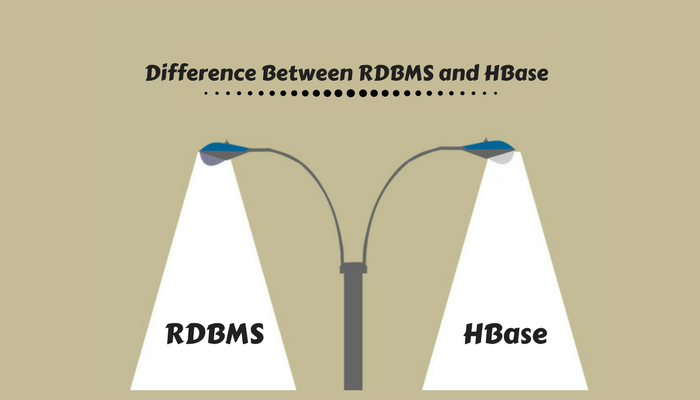


 99999999 (Toll Free)
99999999 (Toll Free)  +91 9999999
+91 9999999